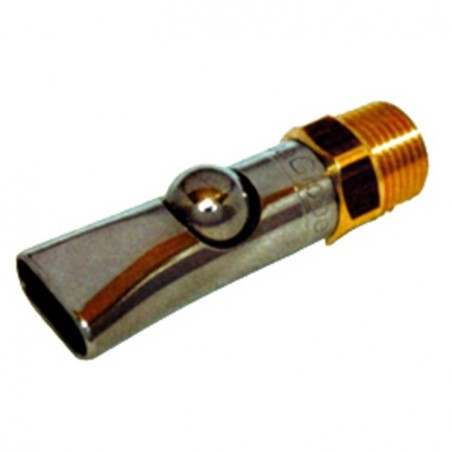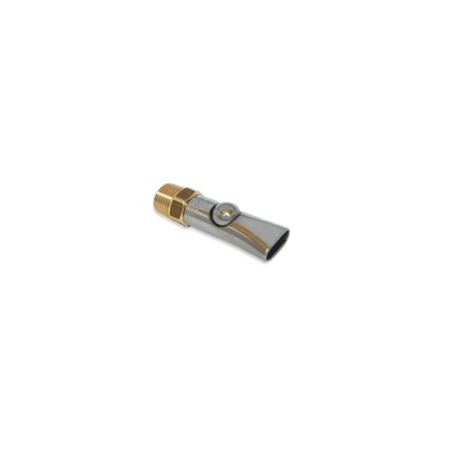The objective of the current study was to evaluate cotton ropes for collection and detection of PCV2 specific antibodies and DNA in oral fluid at pen level in finisher pigs.
In a Danish PCV2 positive finishing herd 50 pens were selected by random sampling. The pens contained on average 23 pigs with an average weight of 60 kg. In each pen oral fluid samples were collected by hanging a cotton rope for 30 minutes and letting the pigs chew on it. Faecal pen samples were obtained from each pen by collecting pooled faeces in the corners of the pens at the slatted floor. In each pen blood samples were obtained from 5 pigs selected by systematic random sampling. Oral fluid and serum samples were examined for PCV2 specific antibodies by blocking ELISA (ELISA). Oral fluid, serum and faecal pen samples were examined for PCV2 DNA by quantitative real time PCR (qPCR).Results of oral fluid, pooled serum and faecal pen samples were compared. Pen level diagnostic sensitivity (SE),
specificity (SP), positive predictive values (PPV) and negative predictive values (NPV) was calculated for oral fluid and faecal pen samples using the result of the pooled serum samples for classification of each pen. Serial SE, SP, PPV and NPV were calculated for the combination of oral fluid and faecal
pen samples (both tests needed to be positive for a pen to be classified as positive).

Both assay validations demonstrated the need for optimization for oral fluid testing, although only slight
modifications were sufficient for oral fluid to be processed as serum. All pens were serum ELISA positive while only 54% were ELISA positive in oral fluid samples. Antibodies were not detected in any oral fluid samples from pens with pooled serum titers of 125 or less (n=19). Further, 38% of pens (n=8) with
pooled serum titer = 625 and 1 pen (n=19) with pooled serum titer = 3125 were negative in the oral fluid samples. A total of 80% of the pens were classified as PCV2 positive by qPCR in pooled serum samples. For both oral fluid and faecal pen samples SE = 0.98, SP = 0.60, PPV = 0.91 and NPV = 0.86. Serial testing provided SE = 0.95, SP = 0.84, PPV = 0.96 and NPV = 0.81. The mean difference between qPCR
results in oral fluid and pooled serum samples was 2.0 log10 copies. For faecal pen and pooled serum samples the difference was 1.60 log10 copies.
Results of the current study demonstrate that PCV2 antibodies and DNA can be detected in oral fluid collected by cotton ropes. High titers of serum antibodies were necessary to obtain positive oral fluid samples. This may limit the application of the procedure for serological herd profiling. The low SP for oral fluid may reflect false positive samples or a higher sensitivity at pen level compared to obtaining 5 serum
samples. Applying serial testing of oral fluid and faecal pen samples provided results comparable to obtaining 5 serum samples in a pen. The quantitative results of the qPCR in the oral fluid samples demonstrated a high level of consistency compared to pooled serum samples.
In conclusion, collection of either oral fluid by ropes or faecal pen samples offers a reliable procedure for detection and quantification of PCV2 in finishing herds.
S. Christiansen Leth, K.S. Pedersen, C.K. Hjulsager, H. Stege, C. Sonne Kristensen, S. Østergaard Breum, L.E. Larsen. Detection and quantification of porcine circovirus type 2 (PCV2) and PCV2-antibodies in oral fluid from finisher pigs. 6th International Symposium on Emerging and Re-emerging Pig Diseases. 2011.






